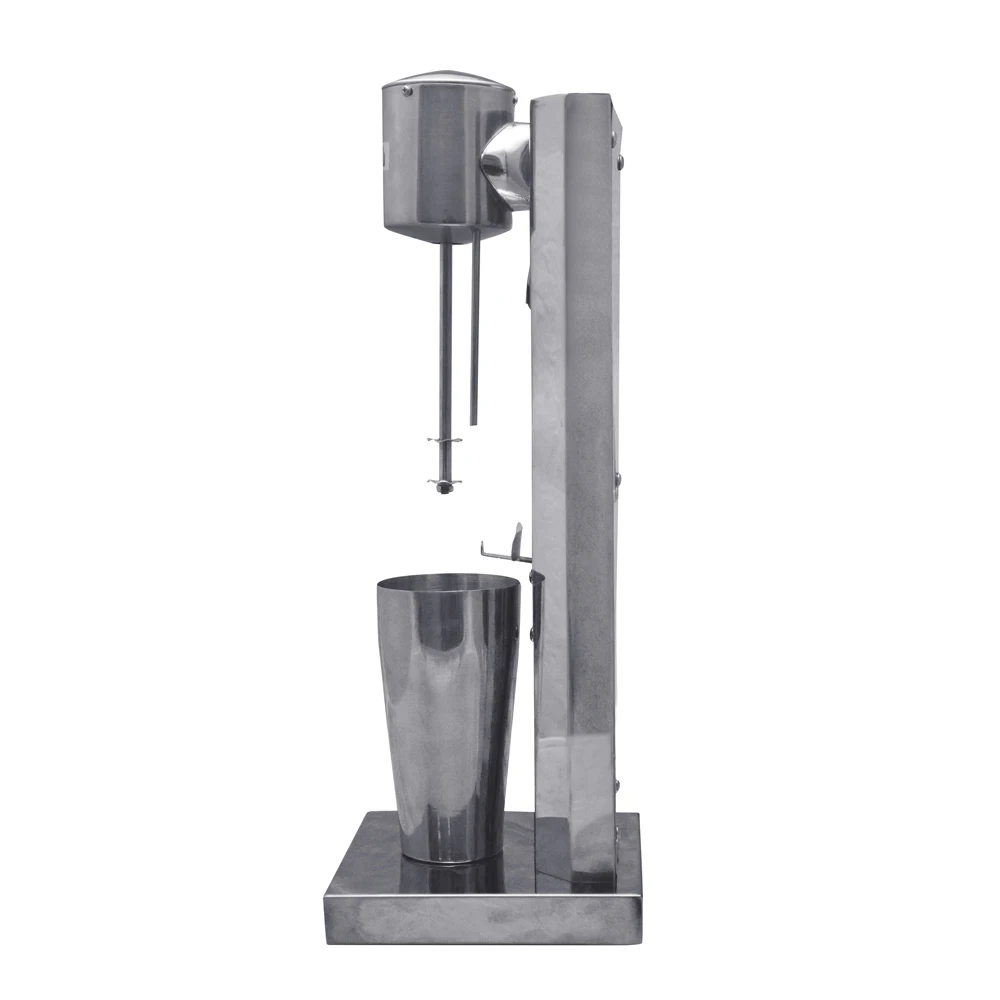

Powered by a Wärtsilä Sulzer 7RTA 84C main engine, the carrier ship offers speed almost touching 21 knots and is equipped with pitch propelling and thrusting systems. After emptying the tanks, as part of the cargo handling system, nitrogen replaces the tank space on the return voyage.ĭesign and other Specifications of Carlos FischerĬarlos Fischer, which measures 204.85 metres lengthwise with a breadth of 32.2 metres and a draught of 11.4 metres, features a GRT of 33,005 and has a carrying capacity of 43,000 tdw. In addition, the vessel is also equipped with a tank and cargo system cleaning outfit that including tank cleaning machines. And, the vessel uses propeller type tank stirrers to make sure the circulation of tank contents when the natural juice is being transported. The use of protective nitrogen helps the operator to provide oxygen to prevent the juice being oxidized. Similarly, the design includes flanges sealed with O-rings to avoid cavities and also the entire processing system systems lead to a definite lowest point in order to drain the compartment completely.
#FRUITJUICE OXYGEN TANKS FREE#
The surfaces of the tanks and pipes that come in contact with the juice during the transportation process are made of polished stainless steel and are free from any crevices that will allow bacteria to grow. While electrically driven displacement pumps are used for transporting concentrated juice, electrically driven centrifugal pumps are being used for fresh juice.

Thus, the pumps are placed at tank top level between the cargo tanks and these facilities include much larger diameter pipes and also a special type of electrically driven displacement pump. Since the cargo being transported by Carlos Fischer needs extra care, the pumping and piping systems abroad are complex and all surfaces that are in contact with the liquid cargo have to be kept in an aseptic condition. When shipping the cargo, brine from the evaporator room passes through heat exchangers in each hold, while large fans will help air to move to all parts of the insulated holds. Along with three electrical compressing systems installed in the deckhouse, the refrigeration for the storing tanks is provided by way of ammonium and brine. The tapered top-portion of the storing tanks is equipped with various technological systems like temperature and radar gauges and nitrogen piping. The depth ensures that at the time of relieving the cargo, no residual juices remain in the tanks. The juices which are stored at a temperature of 0 ̊Celsius, in order to preserve the quality, are transferred from the pipelines into the containers at a temperature of -10 ̊Celsius, in a slush-like state instead of being completely liquid.Ĭylindrically shaped, the storing tanks are deeper in depth and taper on their top. The juices which are stored at a temperature of 0 ̊Celsius, in order to preserve the quality, are transferred from the pipelines into the containers at a temperature of -10 ̊Celsius, in a slush-like state instead of being completely liquid.įour refrigeration compartments house four-juice storage tanks each, providing a total storage area of over 37,000 tonnes of juice. Four refrigeration compartments house four-juice storage tanks each, providing a total storage area of over 37,000 tonnes of juice. Considering that the vessel carries juices, a perishable commodity, its refrigeration and storage system is state-of-the-art and specially built to ensure the longevity of the cargo transited. The most noteworthy characteristic of the Carlos Fischer is its storage module devised to successfully transport the intended cargo. Carlos Fischer is capable of transporting up to 37,000t of fresh orange juice from Grupo Fischer’s orange orchards in Brazil to its plants in the eastern USA, Belgium and Japan.


Her sister vessel, the Premium do Brasil was also constructed at the Kleven Florø yard and was launched in the year 2004. Under the ownership and operation of one of the Brazilian conglomerate Grupo Fischer’s auxiliary corporations, the Aleuropa, the Carlos Fischer was built at the Kleven Florø shipbuilding yard. Put into operation in the year 2002, this orange juice concentrate tanker has more than re-defined the vessel system for carrying liquids during it’s over 10-years of service. Named after a famous Brazilian agriculturist, the Carlos Fischer is one of the biggest fruit juice transiting carrier ships in the world. Tens of thousands of litres of concentrated fruit juice. Imagine ships fully loaded with fruit juice.


 0 kommentar(er)
0 kommentar(er)
